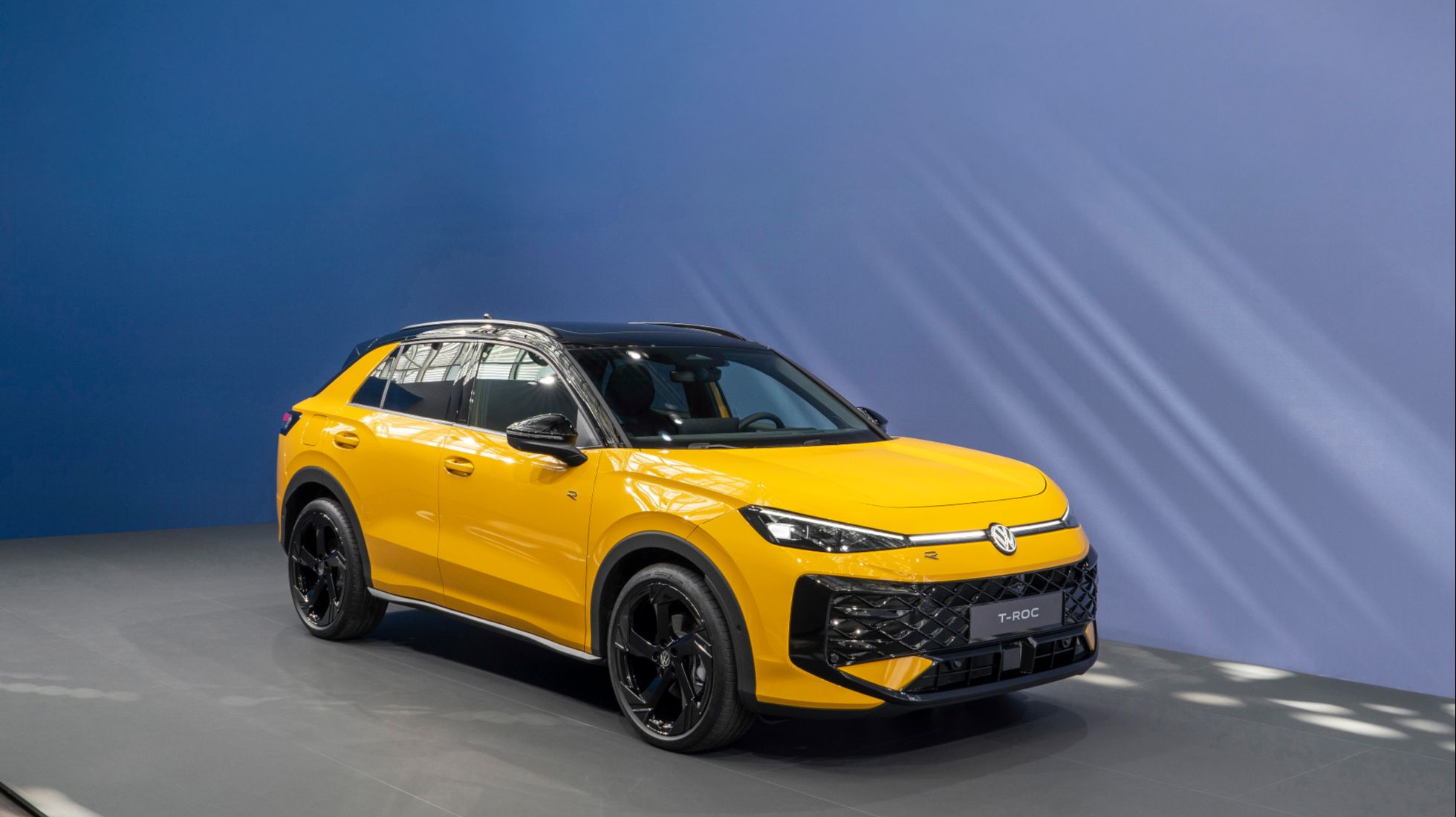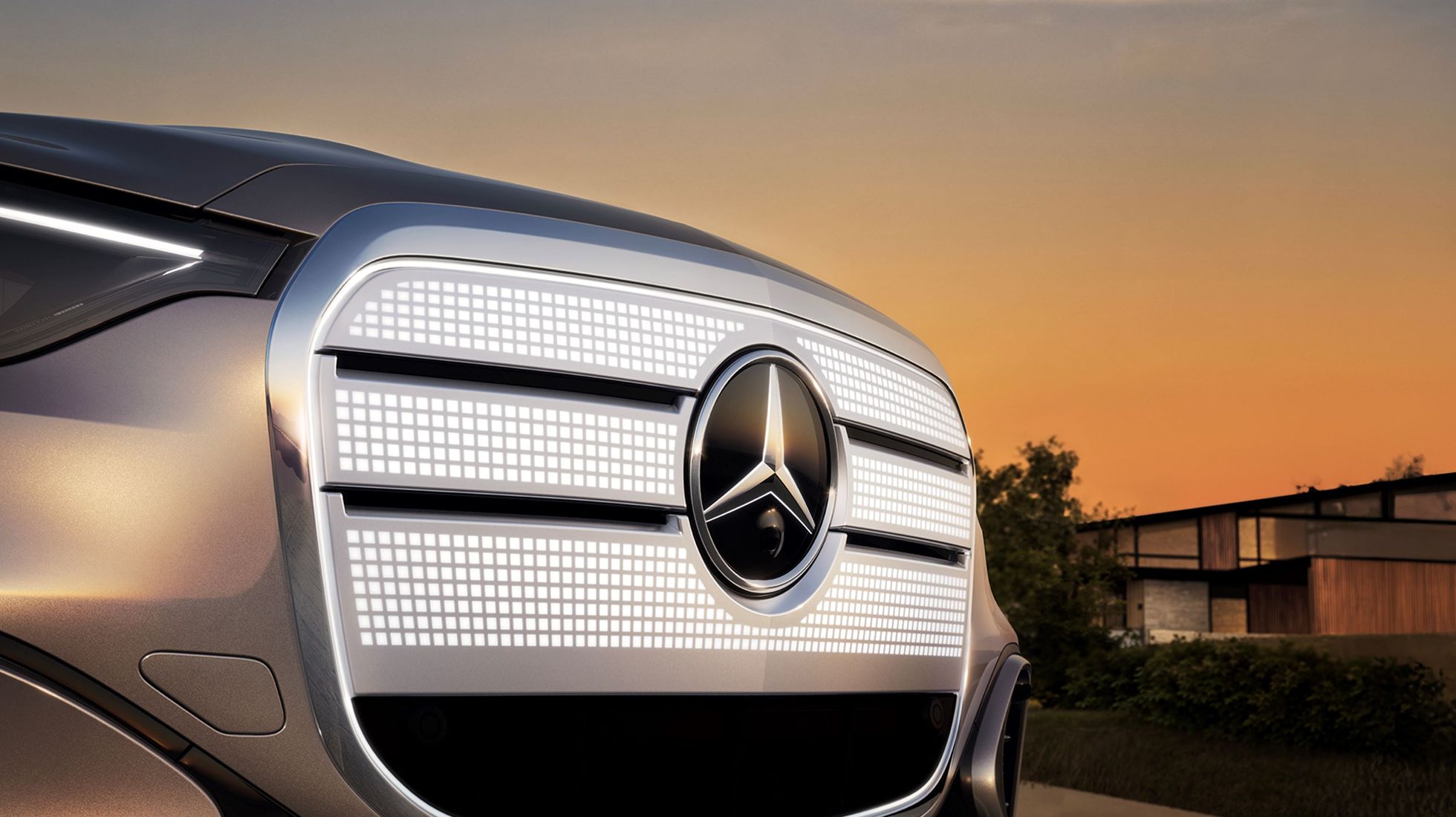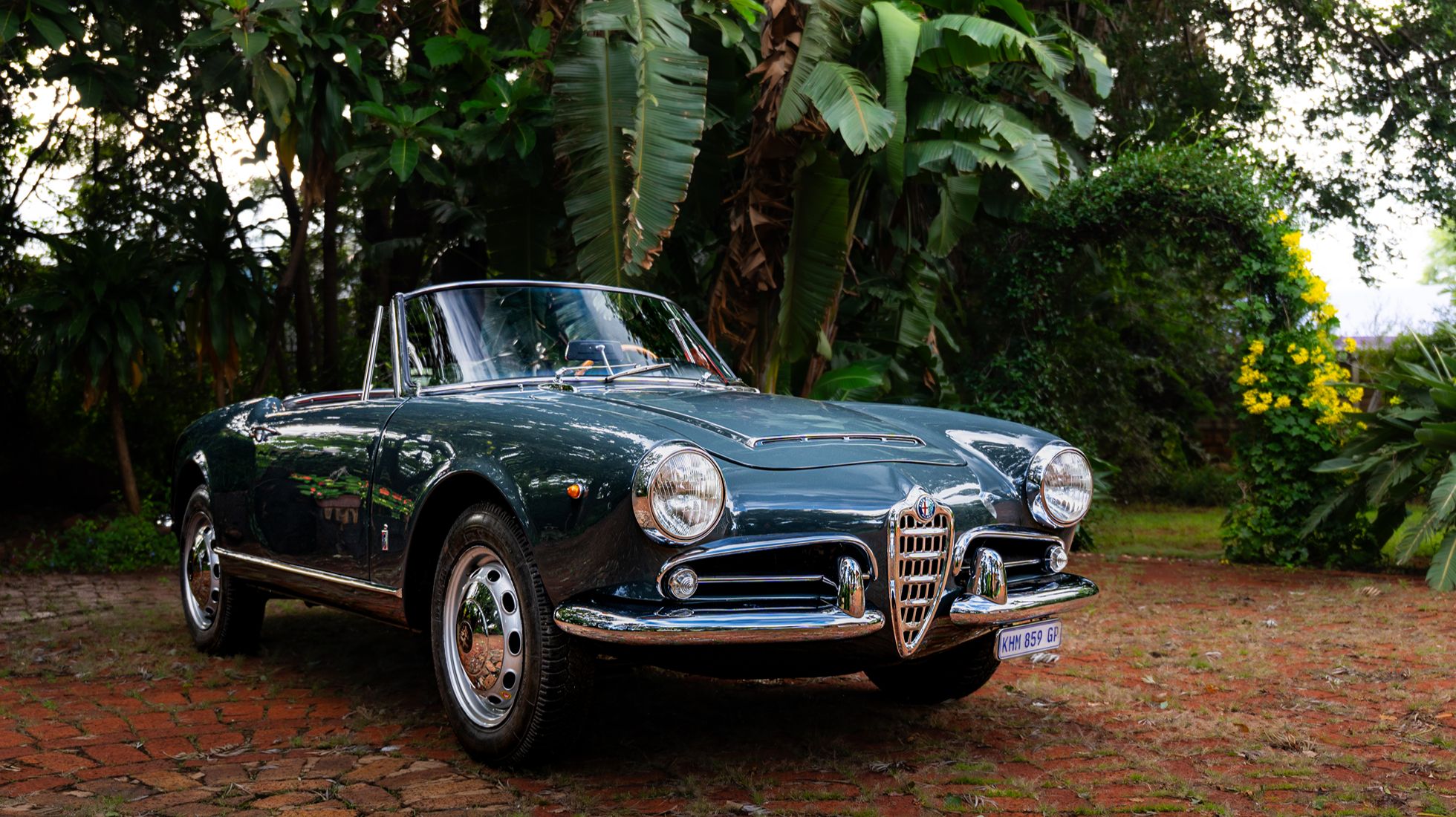

Hyundai has been undergoing a significant change recently, and I mean that in the best possible way. Just look at the Santa Fe. It’s always been a solid 7-seater SUV with a reputation for ticking most of the right boxes, though I’ll admit, I never quite warmed up to any of the previous generations’ styling. But now, in its latest iteration, it’s bolder, smarter, and frankly, a whole lot cooler.
The same goes for what we now know as the Alcazar. It’s essentially a rebadged, facelifted Grand Creta, a name that might spark a bit of nostalgia if you remember the one we had in our long-term test garage not too long ago. It served us well, and this new version feels like a proper evolution, with all the elements that make it a simple but sensible contender in its respective fold, particularly in its range-topping Elite trim.
For Hyundai to offer something like this now is quite a statement, particularly in a market where Chinese brands are arriving from all corners, each vying for a slice of the pie. That’s why it’s so refreshing to get behind the wheel of something as well-built and thoughtfully executed as the Alcazar. It’s still the Grand Creta at heart, but it's seen improvements across the board, especially in the design department. It now carries Hyundai’s latest design language, closely aligned with the likes of the new Santa Fe and Exter.
These include bold H-pattern daytime running lights, a redesigned grille and front bumper, 18-inch alloys, and a new vertical LED taillight setup that forms an H-motif when lit. Since this is technically just a facelift with a fresh name, the overall dimensions have slightly increased with an additional 60mm in length and 10mm in width, but visually, it’s a noticeable step forward.
Simple yet utilitarian is how I can best describe the Alcazar. It doesn’t try to wow you with flashy gimmicks, and that’s perfectly fine, considering where it sits in the market. As a 3-row crossover SUV, it competes in a segment where usability surpasses the need for outright aesthetic appeal. While everything remains similar to the Grand Creta’s interior setup, the biggest and most notable change is the new dual-screen setup. Yes, it’s a thing nowadays.
Material quality all around is decent for the segment, thanks to leather seats paired with some hard plastics at various touchpoints, but none of it feels cheap or carelessly placed. The overall build quality is solid, and the layout is clean and functional. Digital climate controls and an updated infotainment system lend a more modern aesthetic. And while the tech doesn’t reinvent the wheel, the combination of touchscreen inputs with physical controls and buttons strikes the right balance, especially if you’ve recently spent time in some of the newer Chinese competitors, where too many functions are often buried in submenus. Here, things just work, and that’s a win in itself.
Much like the Grand Creta, the real party is in the second row of seats, where you have a manual sunblind, tray tables with cupholders, and two USB ports. As for the third row, it hasn’t changed. It's still tight for adults, though you do get USB ports, cup holders, and a separate blower speed for the third-row AC vents.
From behind the wheel, the Alcazar doesn’t feel drastically different, and that’s largely because the powertrain remains unchanged. It still runs the familiar 1.5-litre turbo-diesel engine with 85kW and 250Nm. By now, this engine and 6-speed auto box are well-proven, and their behaviour in the Alcazar mirrors what we’ve experienced in the Grand Creta, with commendable refinement levels. On the road, the engine is smooth and quiet under light to moderate throttle inputs. It only starts to sound a bit strained when accelerating during overtaking manoeuvres.
At lower speeds and in urban settings, the Alcazar feels composed and easy to manage, though the engine isn’t particularly eager off the line. Throttle response at low revs is a bit relaxed, and it takes a moment to build momentum, but not to the point of it being frustrating.
Out on the open road, however, it’s a different story. The turbodiesel motor finds its stride at cruising speeds, offering confident mid-range pull that makes overtaking feel more assured. It’s also impressively quiet when cruising, contributing to the Alcazar’s polished road manners.
At R669,900, the Alcazar Elite is surprisingly well-priced, especially when you consider everything it offers. In a market where prices are climbing and value is becoming harder to find, Hyundai’s flagship 7-seater makes a strong case for itself. Add to that its impressive fuel economy, which dips below 5l/100km on the open road without even trying to drive it economically, and it starts to look like a real bargain.
When it comes to rivals, there’s no shortage of well-specced crossovers in this price bracket, but almost all are limited to five seats, which makes the Alcazar stand out for families needing that extra row.
With this update, Hyundai has given the Alcazar a much-needed refresh, bringing it in line with the brand’s latest design direction and refining several key aspects. The cabin feels overall more modern, better equipped, and more comfortable than before, with the exception of the third row. While it may not be the most spacious option in its class, it still delivers where it matters most.





Enter your email address to receive regular Top Gear SA newsletters



.jpeg)



